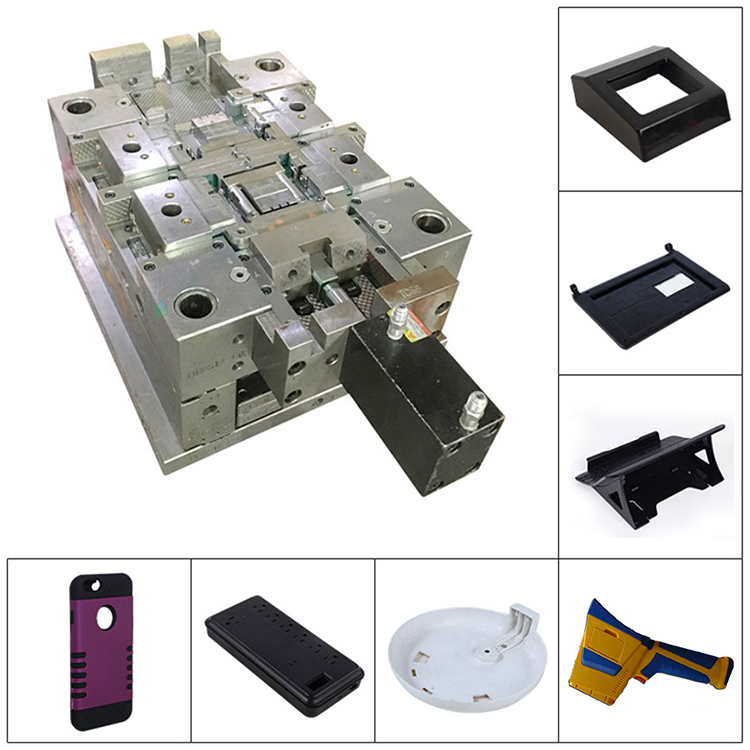
What areThe Polishing Steps For Precision Mold Processing
In the vast field of precision mold processing, polishing, as the final stage of mold manufacturing, is of great importance. Polishing is not only related to the appearance quality of the mold, but also directly affects the forming accuracy and performance of the product. Today, we will delve into the polishing steps in precision mold processing and uncover how to create flawless molds through precise operations.
1.Preparation before polishing: meticulous cleaning
The surface of the mold may contain debris, oil stains, or other impurities generated during the processing, which can affect the polishing effect. Therefore, using professional cleaning agents and tools to thoroughly clean the surface of the mold is an indispensable step before polishing.
2.Rough polishing stage: removing burrs and preliminary leveling
Rough polishing is the first step in the polishing process, mainly aimed at removing burrs, unevenness, and marks left by mechanical processing on the surface of the mold. During this stage, coarse oilstone or sandpaper is often used for polishing, and the surface of the mold is initially leveled through cutting action. The selection of oilstone or sandpaper should be determined based on the material of the mold and the previous processing conditions to ensure the polishing effect while avoiding unnecessary damage to the precision mold.
3.Semi precision polishing stage: further refining the surface
After rough polishing, although the surface of the mold has been preliminarily leveled, there are still minor scratches and uneven parts. At this point, it is necessary to enter the semi precision polishing stage and use finer sandpaper to further polish the surface of the mold. By gradually replacing the finer sandpaper, the marks left during rough polishing can be gradually removed, making the surface of the mold more delicate and smooth.
4.Precision polishing stage: achieving mirror effect
At this stage, diamond grinding paste or a polishing cloth wheel mixed with diamond grinding powder is mainly used for grinding. Diamond grinding paste has extremely high hardness and cutting ability, which can remove small defects on the surface of the mold and achieve a mirror like smooth effect. During the grinding process, it is necessary to strictly control the grinding pressure and time to avoid excessive cutting or burning of the mold surface.
5.Inspection and repair: Pursuing perfection and flawlessness
After polishing, it is necessary to conduct a comprehensive inspection of the surface of the precision mold to ensure that there are no defects such as scratches or pits. If necessary, local adjustments can be made to achieve higher precision and smoothness requirements. At the same time, clean and maintain the polishing tools for future use.










